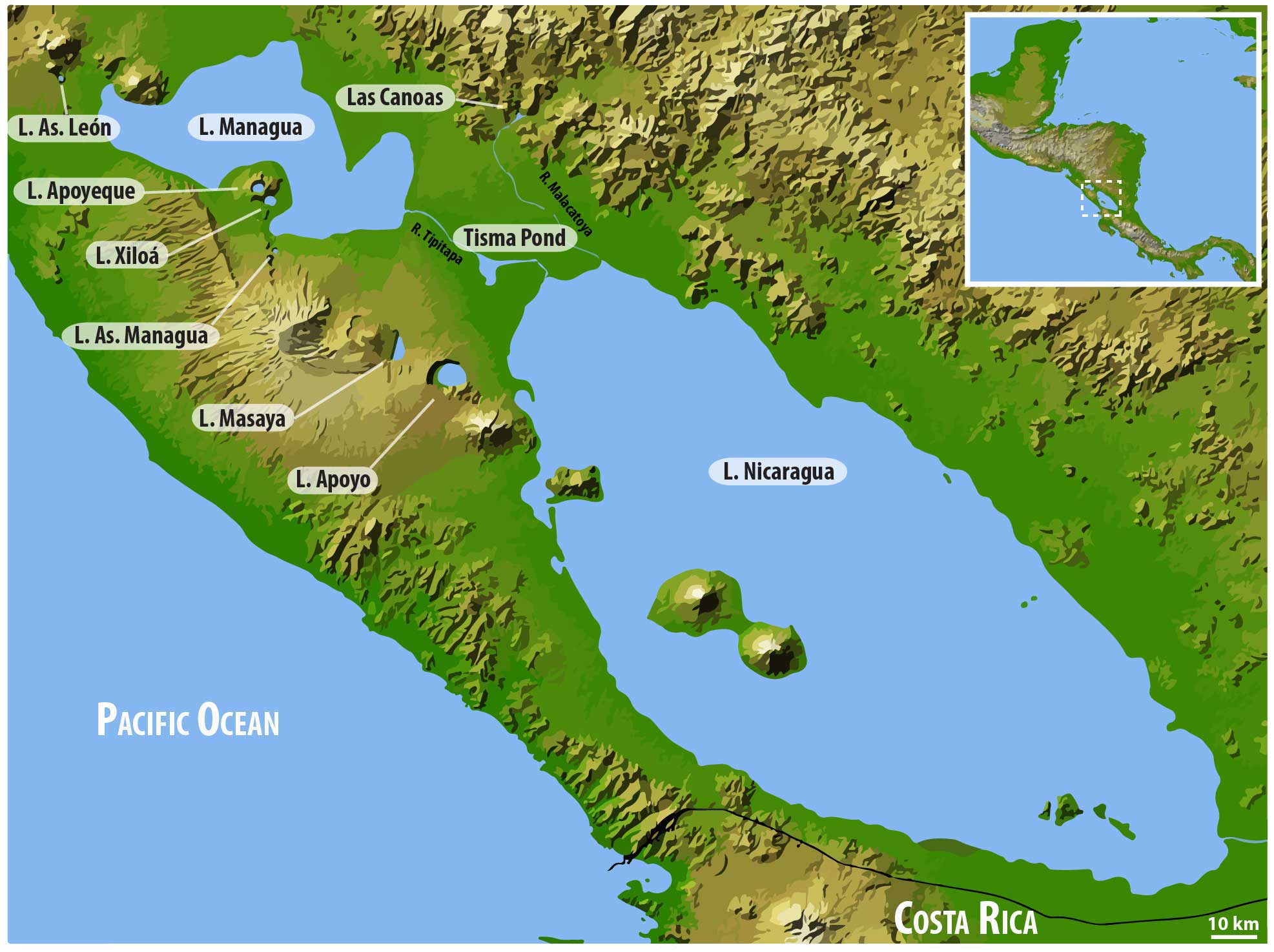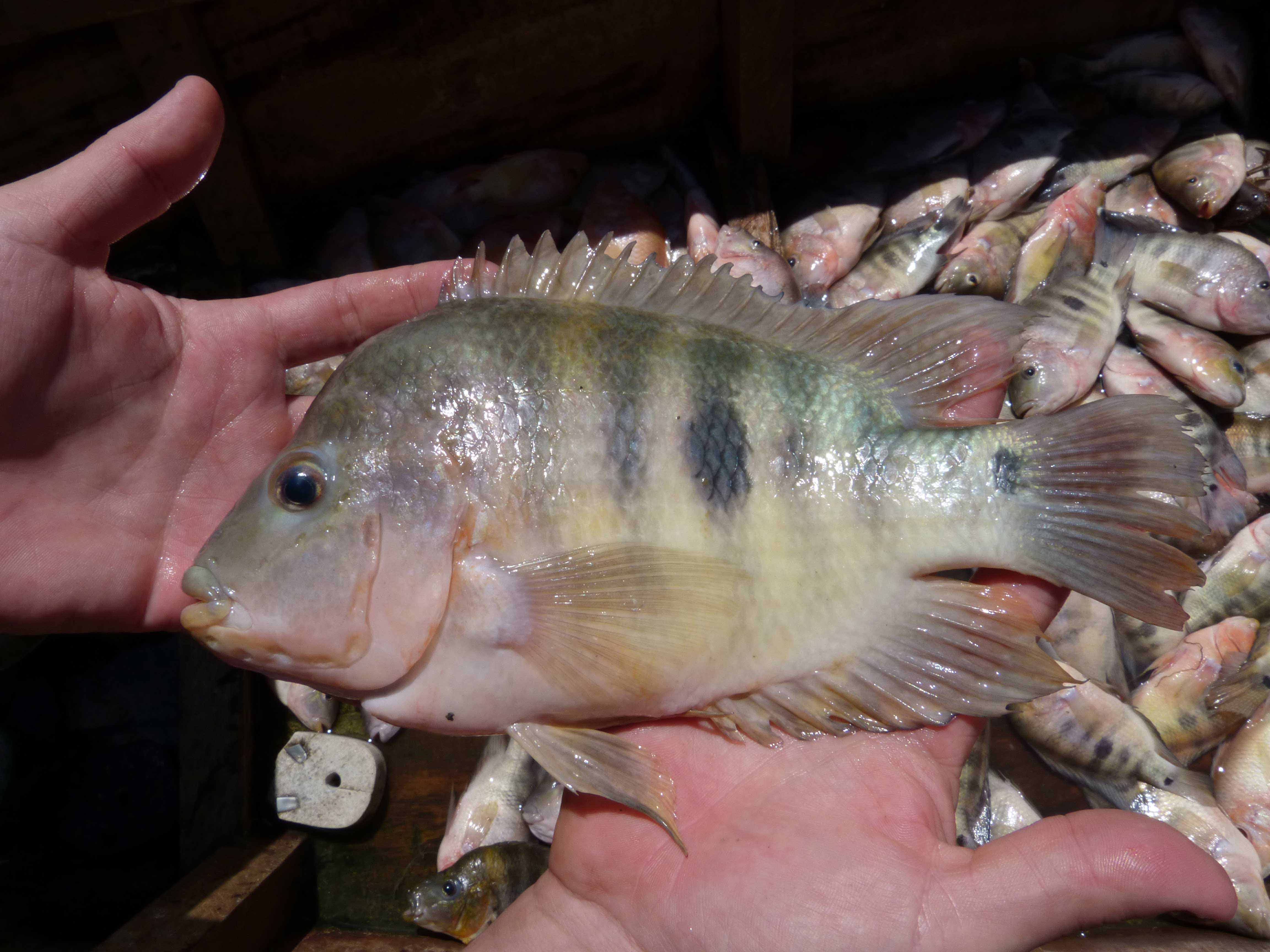Midas cichlid fishes in the great and crater lakes of Nicaragua

 Midas cichlids (Amphilophus citrinellus species complex) in Nicaragua have repeatedly colonized very small, extremely young (1,000 - max. 24,000 years old), and remote crater lakes from the great lakes, Nicaragua and Managua. Independent colonizations from the same source population make Midas cichlids a very rare and exciting natural experiment of evolution. Interestingly, while they have independently evolved into ecologically similar species (i.e., ecomorphs) in some crater lakes they seem to diverge primarily along different phenotypic axes or not at all in other crater lakes. Furthermore, the diversification within at least two crater lakes that harbor endemic species has most likely happened in the absence of geographic barriers (although admixture from outside may have facilitated divergence). Thus, Midas cichlids are both an example of rapid parallel evolution and one of only a handful supported empirical cases of sympatric speciation.
We use this amazing ecological and evolutionary system to investigate different stages of the often continuous process of speciation-with-gene-flow and to elucidate the genetic bases of different ecologically important traits in a powerful comparative approach.
Midas cichlids (Amphilophus citrinellus species complex) in Nicaragua have repeatedly colonized very small, extremely young (1,000 - max. 24,000 years old), and remote crater lakes from the great lakes, Nicaragua and Managua. Independent colonizations from the same source population make Midas cichlids a very rare and exciting natural experiment of evolution. Interestingly, while they have independently evolved into ecologically similar species (i.e., ecomorphs) in some crater lakes they seem to diverge primarily along different phenotypic axes or not at all in other crater lakes. Furthermore, the diversification within at least two crater lakes that harbor endemic species has most likely happened in the absence of geographic barriers (although admixture from outside may have facilitated divergence). Thus, Midas cichlids are both an example of rapid parallel evolution and one of only a handful supported empirical cases of sympatric speciation.
We use this amazing ecological and evolutionary system to investigate different stages of the often continuous process of speciation-with-gene-flow and to elucidate the genetic bases of different ecologically important traits in a powerful comparative approach.
The two great lakes: L. Nicaragua and L. Managua


The crater lakes











Some of the local fauna







Fieldwork impressions






